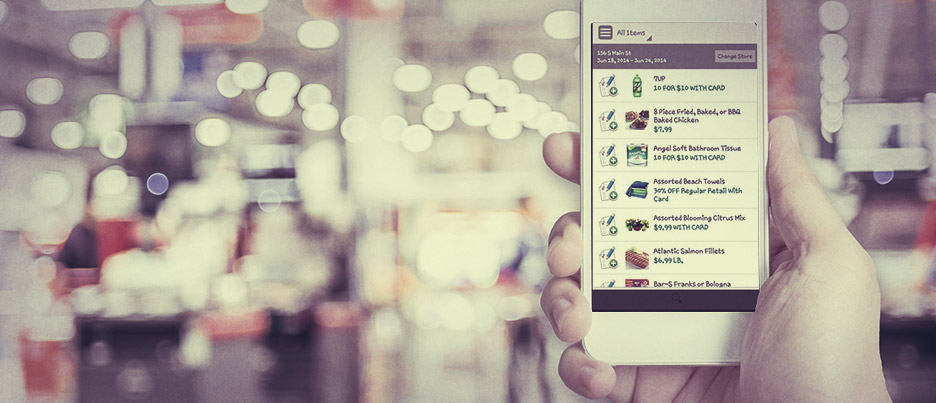Location-Based Advertising 101

Many Americans literally use their phone from the moment they open their eyes in the morning to the moment they close them at night—and making calls is only a fraction of that usage. Navigation tools have become particularly ubiquitous; phone GPS systems are now used to get us everywhere from the new coffee shop down the street to a road trip destination 10 hours away. Having a sense of direction has become increasingly unnecessary in today’s digital world, with smart phone users obediently following the “turn left / turn right” commands Siri barks at them.
Through location-based advertising (LBA), marketers can now use similar technology to funnel those same obedient smart phone users toward their products. In case you’re not doing this already, here is a quick primer:
- Search Ads
Using a technique called geo-location, marketers can easily choose which potential customers in which areas will be the most interested in their advertising. As its name suggests, geo-location tools recognize the geographic location of digital information being sent through the internet—so if someone is texting about ice cream, for example, and in a grocery store, ice cream marketers can tell them which aisle their new Mint Chocolate Chip is in. Google search ads with geo-location parameters are particularly effective for this.
- Beacons
These inexpensive, Bluetooth-operated tools pick up signals from smart phones and distribute coupons and promotions to the user. They can also gather information about consumers and their shopping habits, allowing marketers to send them more personalized offers. Beacons are especially beneficial for consumer packaged goods retailers (because of the frequency of the CPG purchase cycle) but they are applicable across a wide variety of industries. Business Insider estimates that the addressable market of all CPG, beacon-influenced purchases will bring in 13% of all sales this year—$35 billion.
- Encouraging Repeat Visits
LBA is particularly effective in the hospitality and retail industries. These businesses can encourage repeat visits by sending out coupons in particular locations. For example, Whole Foods has used geo-fencing to send coupons and other ads to customers walking near or in one of their stores. LBAs can also be used to send “push” notifications, email or even in-app banners reminding them to come back soon.
If used strategically, location-based advertising tools can deliver personalized, compelling and helpful content to consumers when they are in direct proximity to your products. While the recipient’s receptiveness to these ads may not yet be on a par with traffic directions from Siri, they certainly present marketers with an intriguing opportunity. Will they become as ubiquitous as GPS apps? I wouldn’t bet against it.

